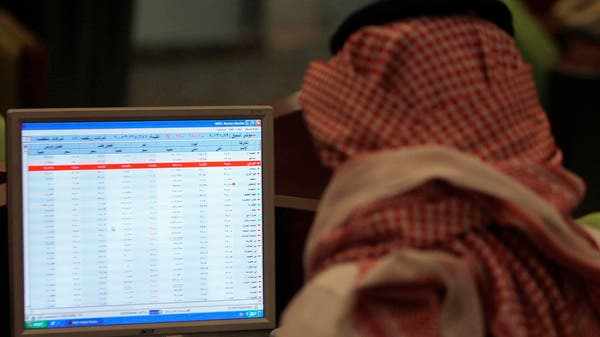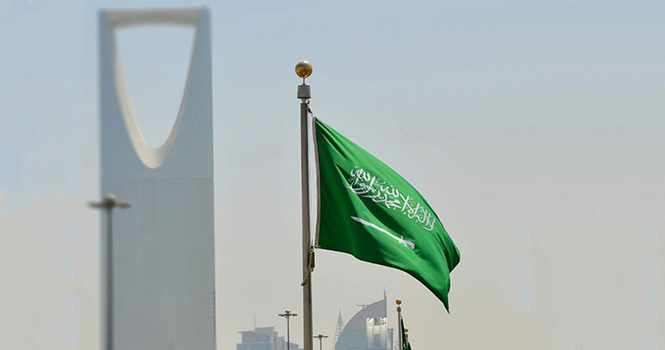Monetarism Imagines a World That Doesn’t Exist…And That Never Has
- Date: 17-Apr-2022
- Source: Forbes
- Sector:Economy
- Country:Saudi Arabia
Monetarism Imagines a World That Doesn’t Exist…And That Never Has
Share to Linkedin Last Monday Johns Hopkins economists John Greenwood and Steve Hanke penned an opinion piece for the Wall Street Journal that made a confident case for the Federal Reserve as planner of so-called "money supply." The economists of the "Monetarist School" called for the Fed to hit a growth rate for the "money supply" that in their imagination would be a "'golden growth' rate of around 6%." On its face, readers should be skeptical. "Money supply" cannot be planned. Money's only purpose is to move human capital and the fruits of human production to ever higher uses. Put another way, the movement of money signals the movement of workers, trucks, tractors, computers, desks, chairs, paper-clips," and the trillions of other goods and services to what is generally a market-determined higher use. All of which explains why "money" is abundant in say, Manhattan and Beverly Hills, but not very plentiful in locales that neighbor the two coastal centers of commerce, Bronx and El Monte. Money's sole purpose is as an agreed upon measure of value among producers that facilitates the exchange of their production, so it's only natural that money would be ample where production is, and scarce where






















